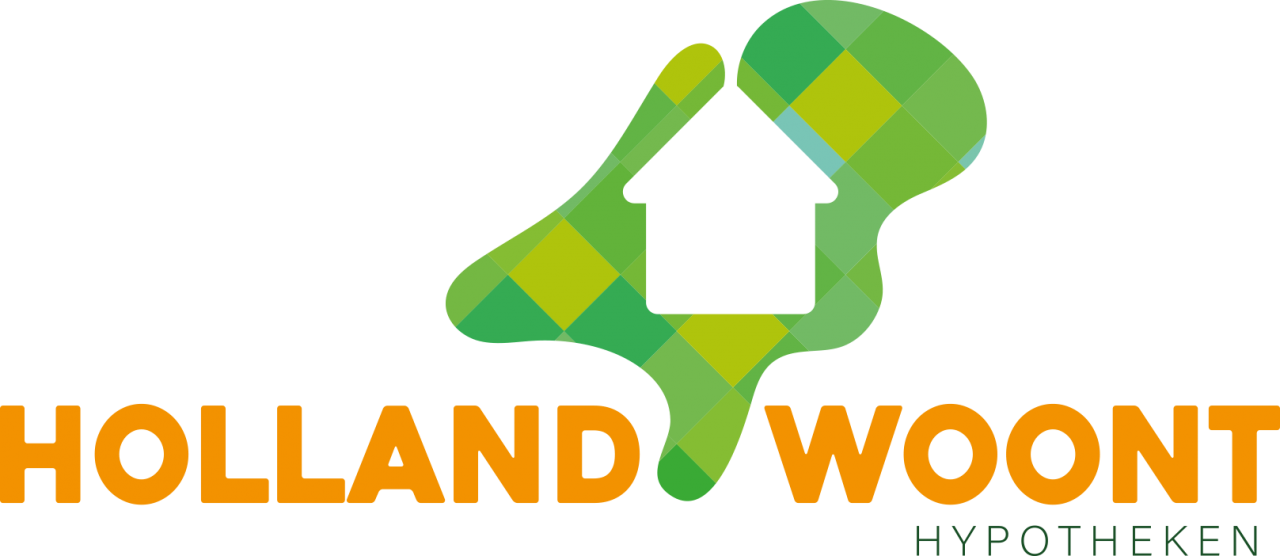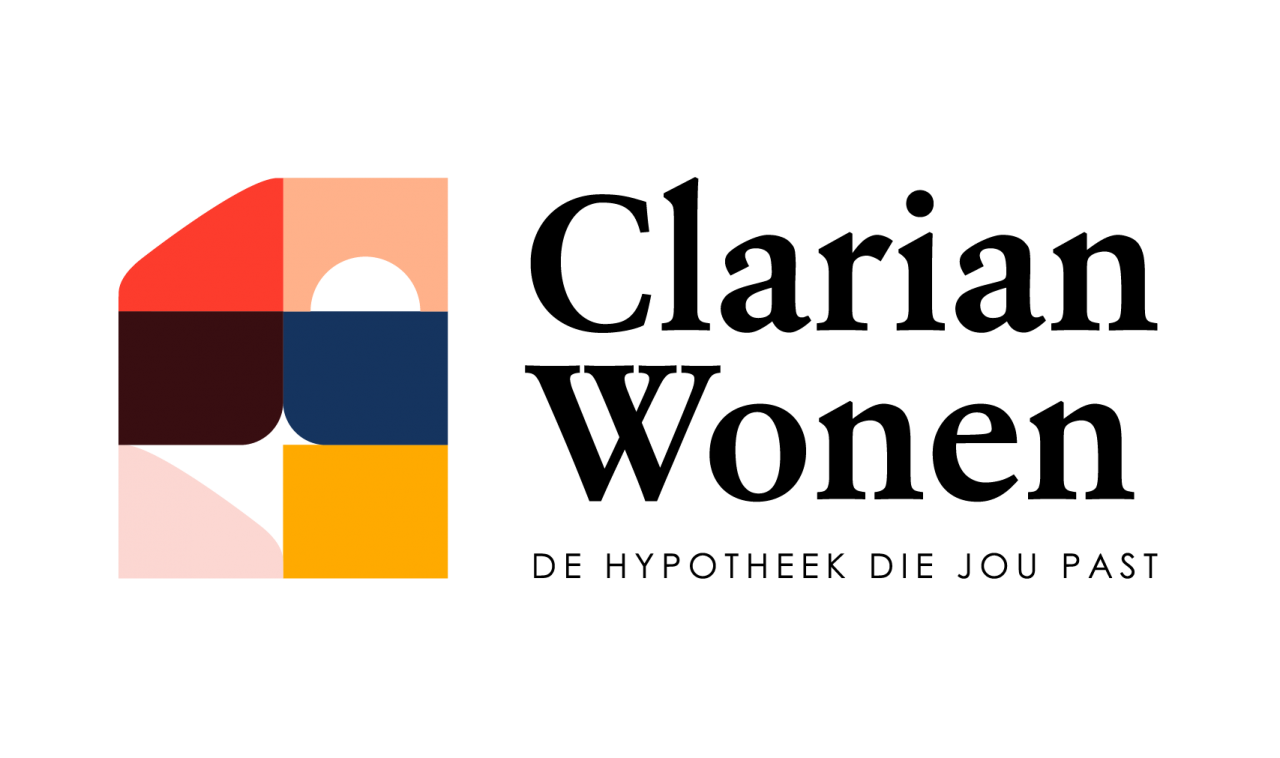
Accession to DMPM's collective mandates
Whether the transaction structure is set up for an individual investor or whether the investment mandates are combined into a collective investment structure
Dedicated mandate investment structure
A dedicated mandate is an investment structure set-up specifically for one single investor, often in combination with a dedicated label or sub-label within the Hypotrust proposition. In most cases this type of investment solution becomes efficient for investors that have very sizeable investment mandates to grant (> EUR 5bln).
Advantages:
- The structure and mortgage proposition can be completely tailored to the specific requirements of the investor. It is possible to target a specific part of the Dutch market or create a specific type of mortgage proposition (e.g. focussed on sustainability).
- The investor can be more directive e.g. when it comes to product conditions, pricing, credit decisions than in collective structures.
- No dependency on other investors in terms of timing, volume over time and performance of other investors.
Disadvantages:
- Higher investment of resources and money as in most cases a specific investment structure needs to be set up and a label developed and introduced. The documentation and structuring process can take significant amount of time, depending on the requirements and experience of the investor.
- Limited ability to focus on specific type of mortgage exposure as the investor in a dedicated mandate is the sole funder behind a mortgage label. For a mortgage label to be a viable proposition and achieve the required investment and production volume, it must be aimed at a sufficiently large part of the market.
- Less liquidity as there are no other investors active within the same investment structure that could take over or complement the funding requirement of the investor.
Collective mandate investment structure
An alternative investment structure that still allows for a high degree of tailoring to the investor’s requirements is a so-called collective mandate where the investments of multiple investors are combined by DMPM within one investment structure. DMPM aims to combine complementary investors within a collective mandate both in terms of investment appetite as well as timing.
Advantages:
- Lower minimum investment volume required from an individual investor and can be spread more over time.
- Ability to indicate specifically the type of mortgage exposure that is required (e.g. NHG or max LTV or interest rate fixed period). By combining the complementary investment mandates from multiple investors, DMPM ensures that the label disposes over sufficient and sufficiently diverse funding for the label to be competitive.
- Higher liquidity and lower future funding requirement as multiple investors are active within the structure that can take over the existing portfolio and/or future funding requirements.
- Plug & play: an investor can quickly accede to one of the existing DMPM collective mandate investment structures. Documentation and structuring process is relatively straightforward.
Disadvantages:
- Although structurally mitigated to a very high degree, within collective mandates a dependency on the other investors active in the collective mandate is a consideration.
- General performance of the label in the market (in terms of production volume) is not only dependent on the investment preferences of the investor but also of the other active investors. For example, if as a result of the minimum return requirements of the other investors less funding is available, this might impact the pricing and volumes for the label overall and thus allocation to another investor.
- The fact that the investment structure already exists means that there is significantly less flexibility in accommodating specific requirements of an individual investor with respect to the transaction structure and documentation.

